Talk
Tom Broughton, founder of Cubitts and resident of the Isokon Flats – home to artists and intellectuals

Once home to Walter Gropius, founder of the Bauhaus school, the Isokon Flats in North London has been rightfully rescued and restored, and now awarded Grade I listed status. This follows a number of tumultuous years when this Modernist gem had run into acute disrepair.
Originally a hot bed for artists and intellectuals, the building once again draws in residents that have a keen eye for detail, with current custodians including Tom Broughton, founder of modern spectacle makers Cubitts.
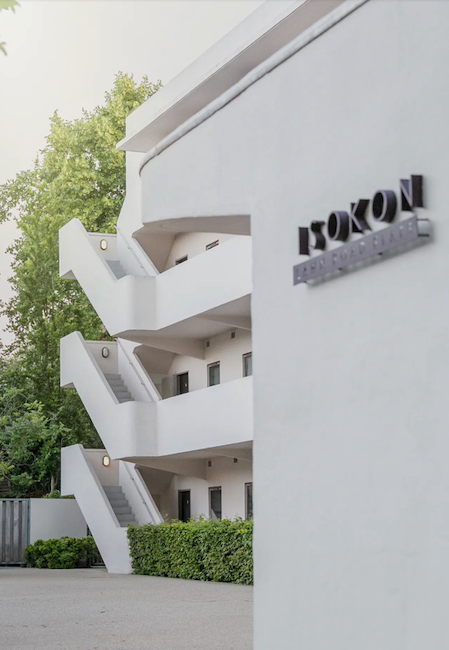

The Isokon Flats, the creation of Jack and Molly Pritchard and architect Wells Coates, represented the first modernist flats in Britain, previously known as the Lawn Road Flats. The Pritchards – the original occupiers of Tom’s rooftop apartment – were instrumental in assisting notable emigres fleeing pre-war Europe, including Walter Gropius, Marcel Breuer and László Moholy-Nagy, the three Bauhaus masters, now recognised with an English Heritage Blue Plaque.
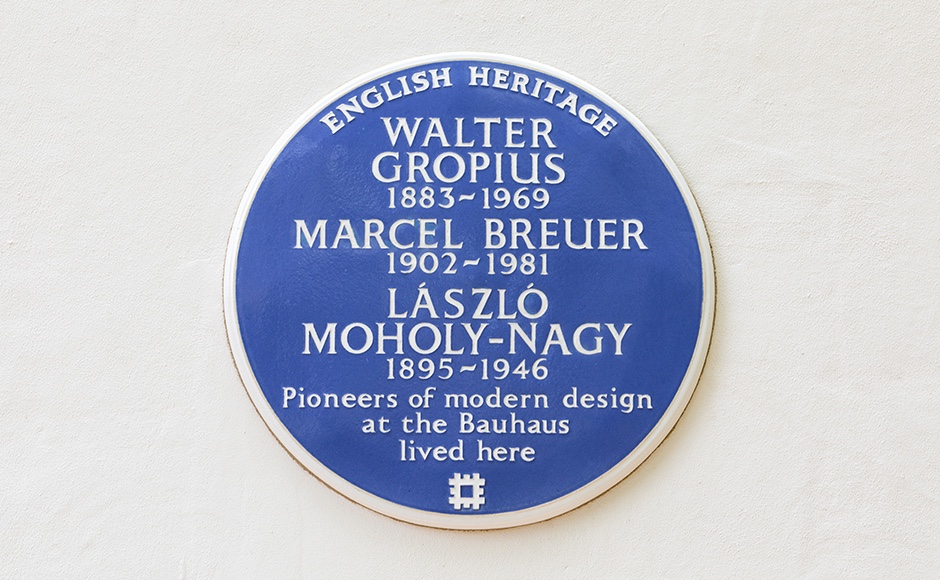
We chat to Tom about embracing the Isokon way of life.
How have the Isokon Flats changed the way you live day to day?
It certainly made me grateful. Waking up to the morning birdsong alongside Belsize Wood in such an inspiring building never really tires. There’s some compromises I suppose – the tiny kitchen, no freezer or dishwasher, the slightly substandard heating. But it’s such a well-designed and considered place to live. It’s a shame that the Isobar (and dumb waiter into the flat) is no longer there, though – that was many decades ahead of its time.

Have you always been a collector / interested in design detail?
Since stumbling across the Isokon Flats in 2002, I’ve always been slightly obsessed. But it was seeing the Penguin Donkey Mk1 at the V&A that was a real turning point. I realised it wasn’t just a building, but a whole ideology – and through that I became increasingly interested in the Modern Movement. I’m fascinated with the idea that design decisions made almost a century ago can still be so relevant today.
Living in the Isokon Flats, do you feel a resonance with the past residents?
I’d say I’m more in awe of them – Walter Gropius, Marcel Breuer, László Moholy-Nagy. Although the truth is I probably have more in common with some of the former spies.
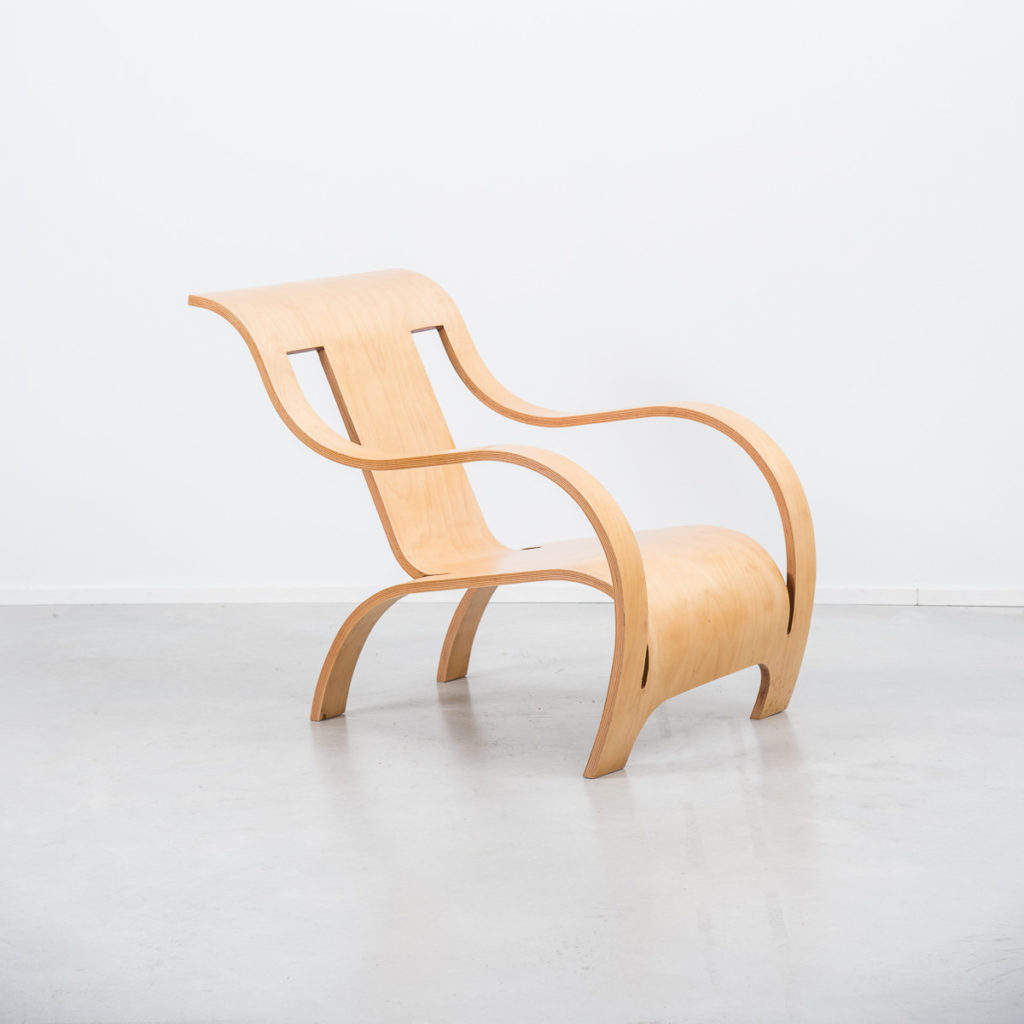
Within your apartment / life, what is your most valued possession?
I suppose my apartment is my valued possession, although it feels slightly remiss to call it that. It’s truly a privilege to call it my home, for as long as I’m on this mortal coil. I’m also particularly fond of a Gerald Summers single sheet plywood chair, which is an exceptional piece of design.
The Bauhaus was known for its monthly masquerade balls. From your Cubitts Bespoke service, what might they conjure up?
I’d argue that the ancient Egyptians were some of the first Modernists, so these frames inspired by Tutenkhamun would work well.
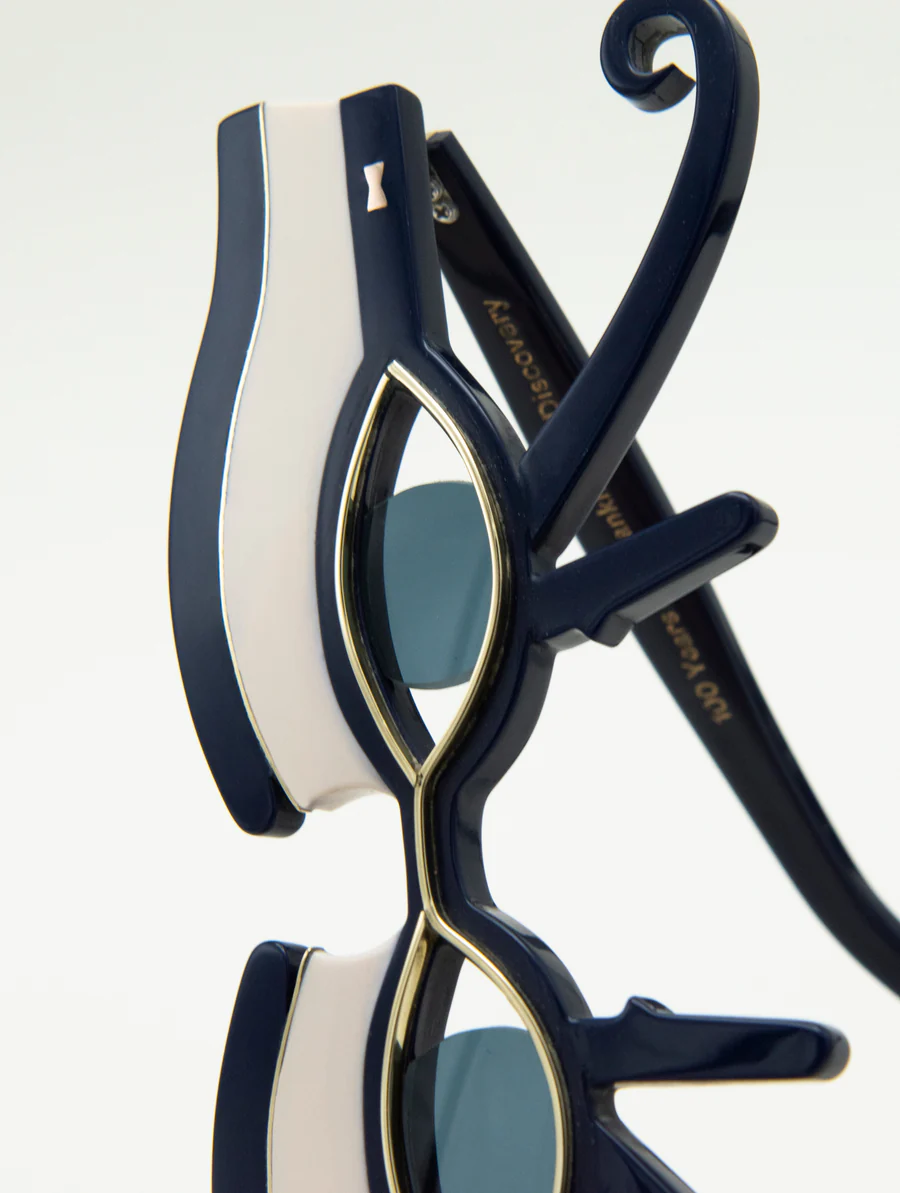
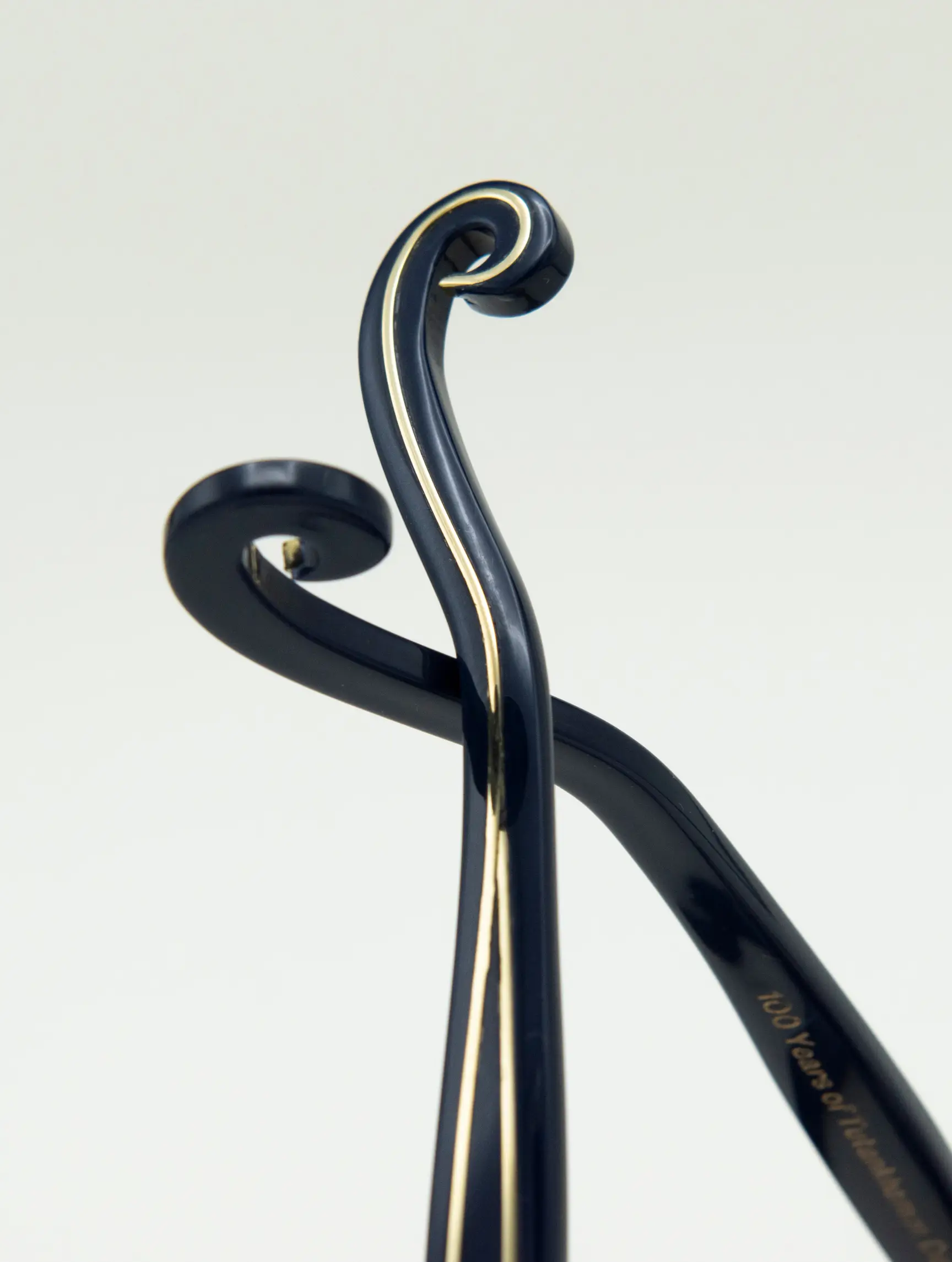
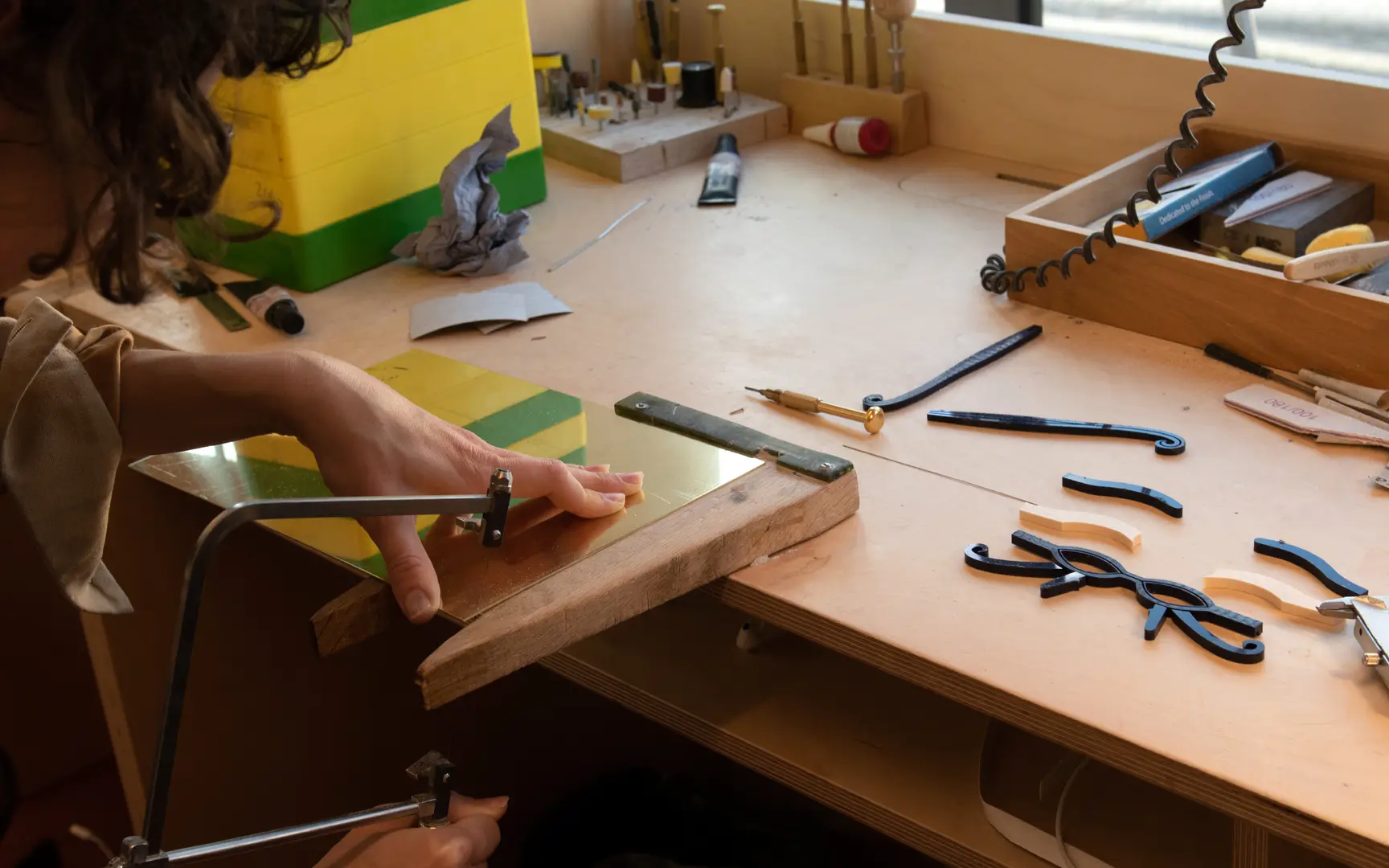
See Christopher Farr’s the new rug design ‘1923’ by Gunta Stölzl – the first female master at the Bauhaus School – from original artwork, produced in association with the estate of Gunta Stölzl.
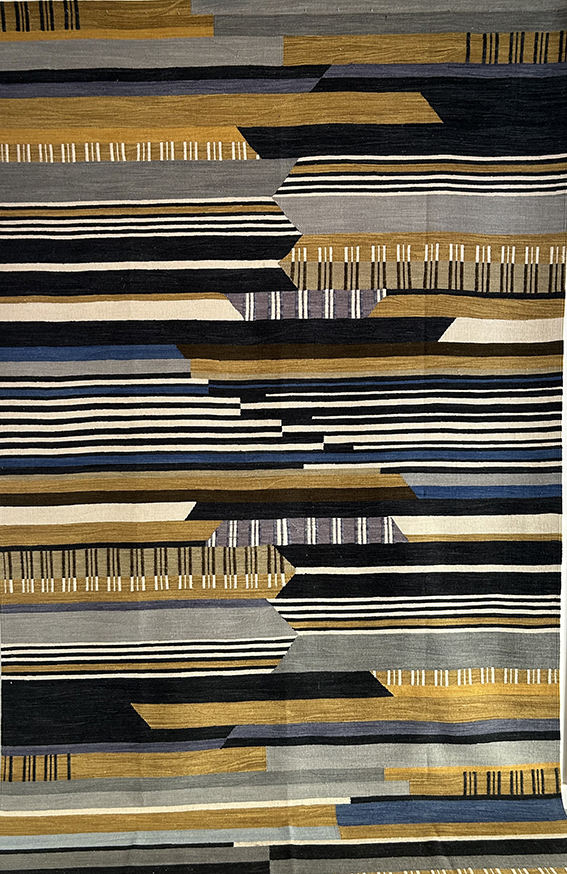
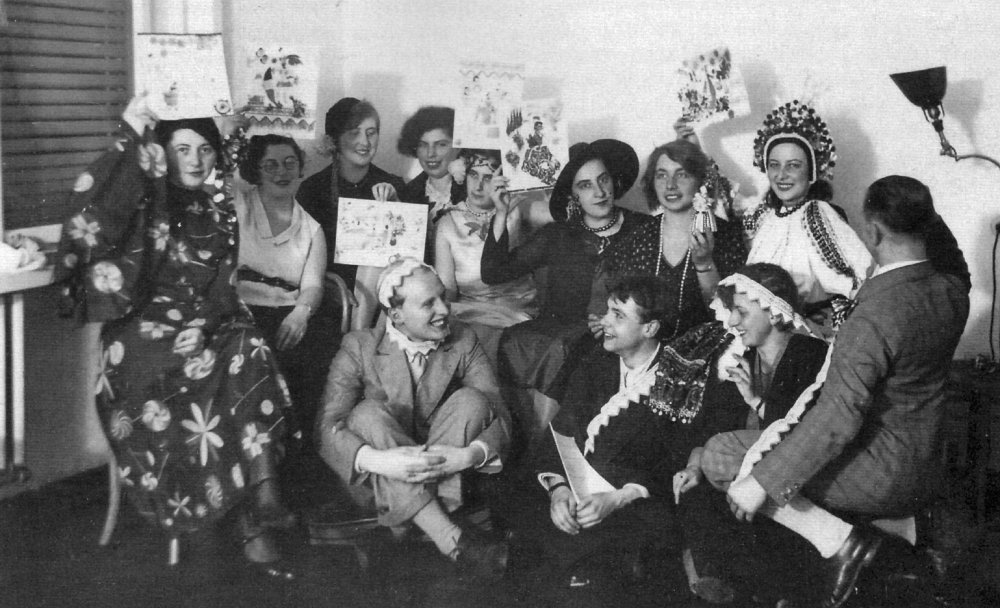
With thanks to photographer Taran Wilkhu (portrait of Tom Broughton).
To view the new Gunta Stölzl ‘1923’ rug, visit our East London studio during the London Design Festival for our ‘Women Behind the Weave: Bauhaus to Bosphorus’ exhibition: 18th – 23rd September.
To get more inspired, visit the Isokon Gallery. isokon gallery.org
Find your perfect modern spectacles at cubitts.com
To see original pieces of Isokon Furniture Company pieces, visit the C20 galleries at the V&A Museum, London. vam.ac.uk
Buy the Isokon Penguin Donkey from Isokon Plus.
The original Isokon Pengion Donkey was designed to be the perfect size for storing Penguin Paperback books. Its flowing organic style uses thin layers of plywood to accommodate its pronounced curves. It has since been re-designed Mark II by Ernest Race in 1963 and Mark III by Shin and Tomoko Azumi in 2003.

